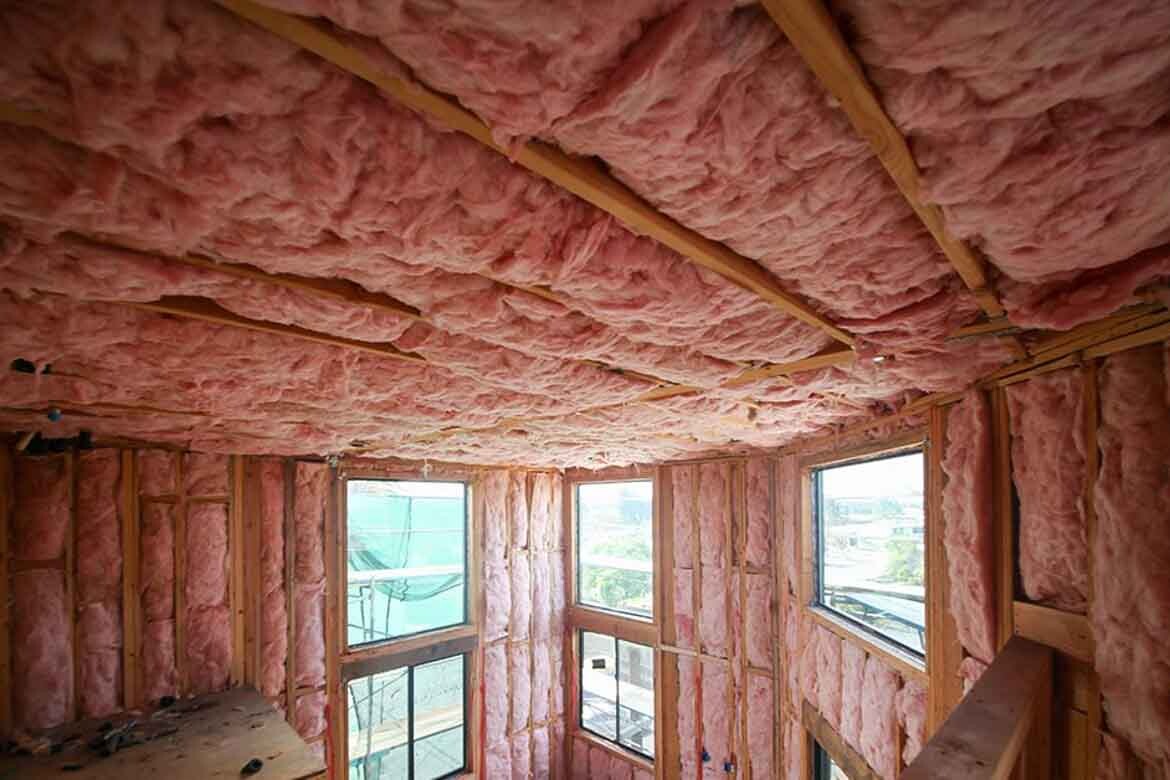When it comes to insulation materials, cotton may not be the first thing that comes to mind. However, this versatile natural fiber has been used for centuries in various applications, including clothing and home textiles. But is cotton truly a good insulator of heat? In this article, we will delve into the thermal properties of cotton and explore its effectiveness as an insulating material. So, let's unravel the mysteries and discover the truth about cotton's thermal capabilities.
- The Science Behind Heat Insulation:
Before we dive into cotton's thermal properties, let's understand the fundamentals of heat insulation. Effective insulation materials possess properties that impede the transfer of heat energy. These properties include low thermal conductivity, high heat capacity, and the ability to trap air or create air pockets. Now, let's see how cotton fares in these aspects. - Thermal Conductivity of Cotton:
Thermal conductivity refers to a material's ability to conduct heat. In this regard, cotton exhibits moderate thermal conductivity. While it is not as efficient as some synthetic insulators like fiberglass or foam, cotton still possesses insulating properties due to its structure. The tightly woven fibers of cotton create air pockets that can slow down the transfer of heat. - Moisture Absorption and Insulation:
One unique characteristic of cotton is its ability to absorb moisture. This property can have both positive and negative effects on its insulation capabilities. When cotton absorbs moisture, it can reduce its insulating performance as water conducts heat more effectively than air. However, in dry conditions, cotton can retain its insulating properties and provide comfort by allowing moisture to evaporate. - Breathability and Thermal Regulation:
Cotton is renowned for its breathability, which allows air to circulate and moisture to evaporate. This feature is particularly beneficial in clothing, bedding, and home textiles. By facilitating airflow, cotton helps regulate body temperature and prevents overheating. While cotton may not excel in extreme cold conditions, its breathability makes it suitable for moderate temperature environments. - Cotton Blends and Enhanced Insulation:
To enhance cotton's insulation capabilities, it is often blended with other materials. For example, cotton-polyester blends combine the natural properties of cotton with the durability and wrinkle resistance of polyester. These blends can improve thermal insulation while maintaining the breathability and comfort associated with cotton. - Sustainable Insulation Option:
In addition to its thermal properties, cotton is also a sustainable choice for insulation. As a renewable resource, cotton has a lower environmental impact compared to synthetic materials. Choosing cotton-based insulation products can contribute to reducing carbon footprint and promoting eco-friendly practices.
Conclusion:
While cotton may not be the most efficient insulator of heat compared to synthetic materials, it still possesses valuable thermal properties. Its ability to create air pockets, moisture absorption capabilities, breathability, and sustainability make it a viable option for insulation in certain applications. Whether it's in clothing, bedding, or home textiles, cotton offers comfort and moderate insulation in suitable environments. So, the next time you consider insulation options, don't overlook the thermal secrets of cotton.
